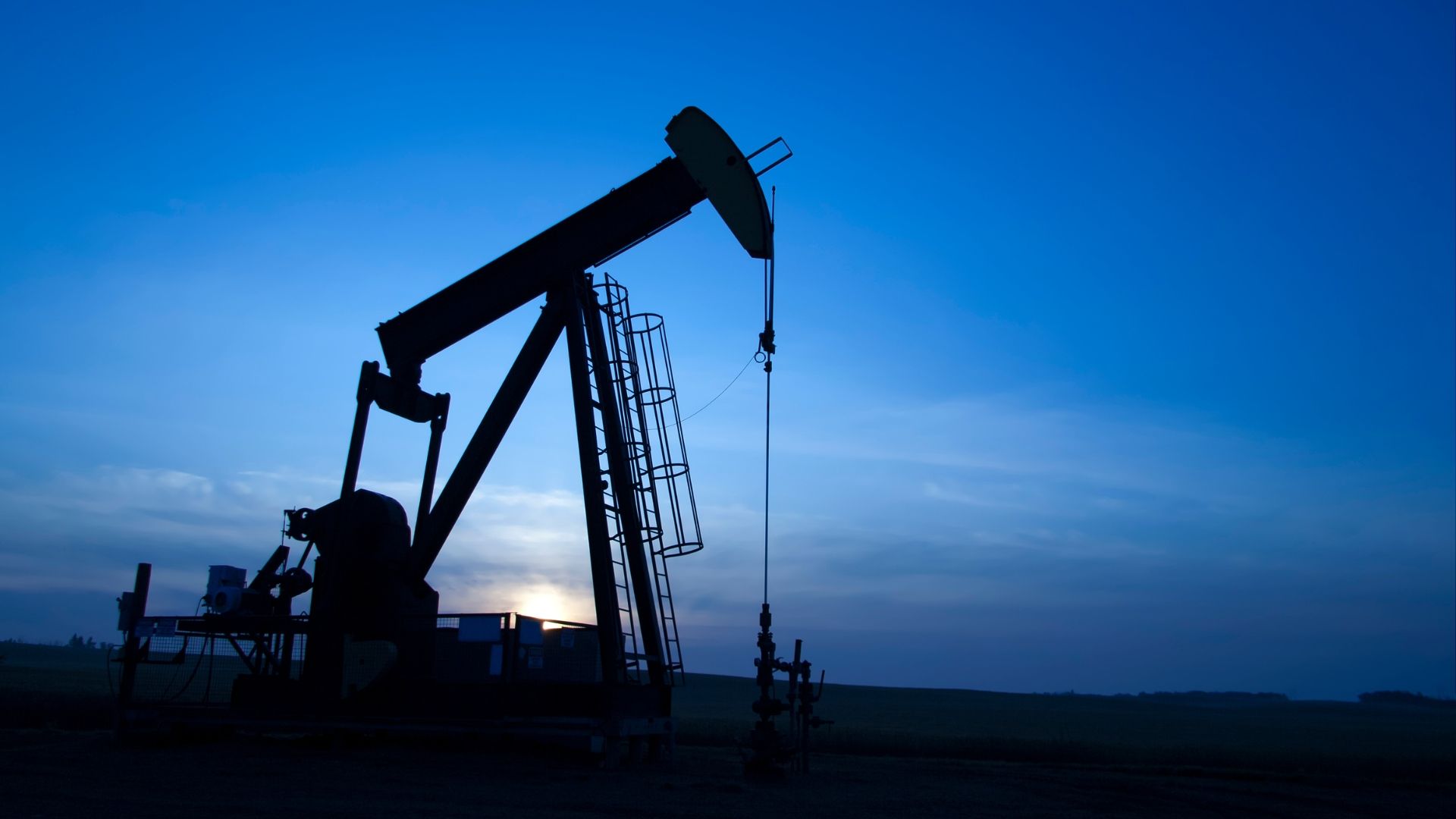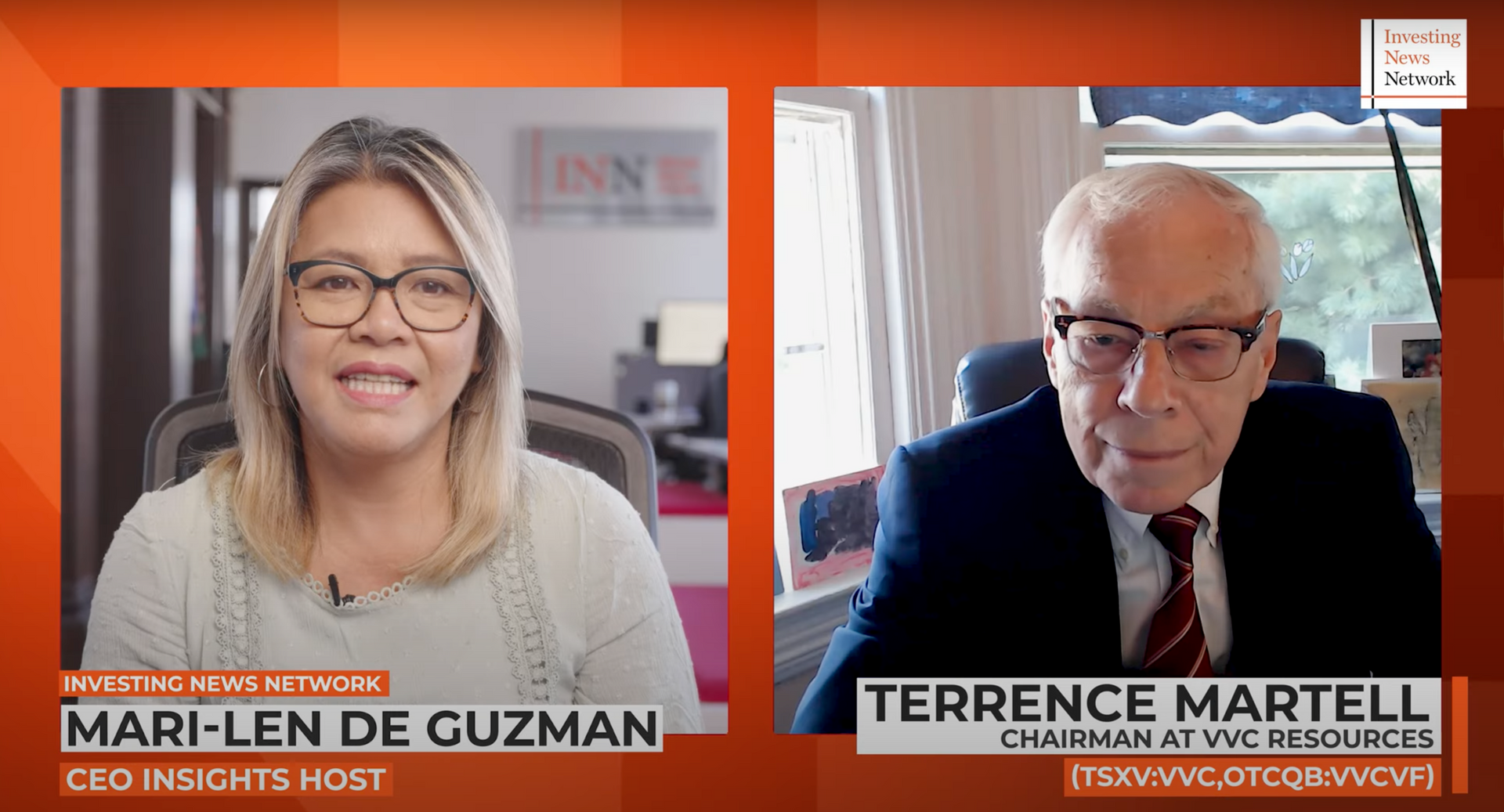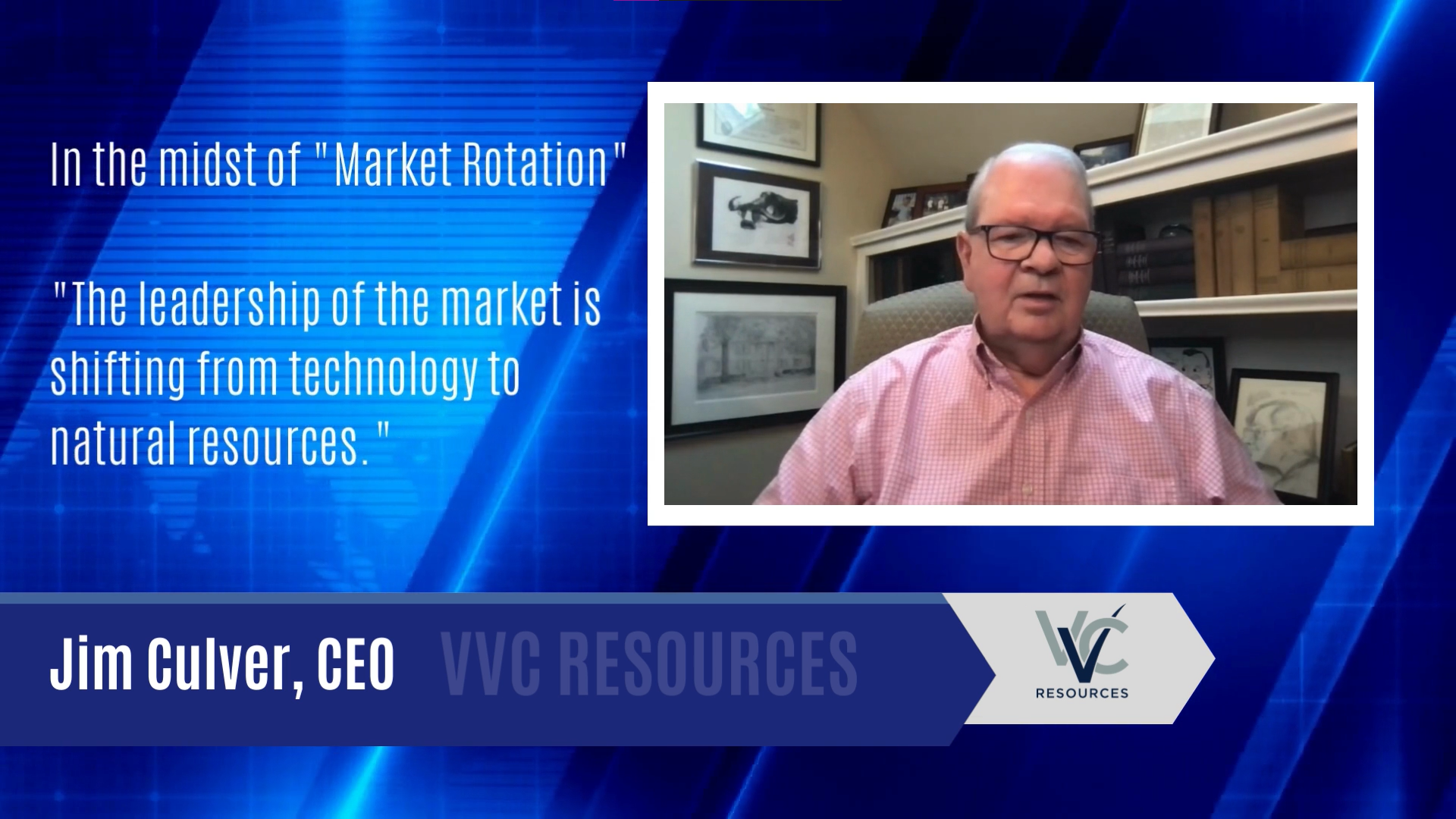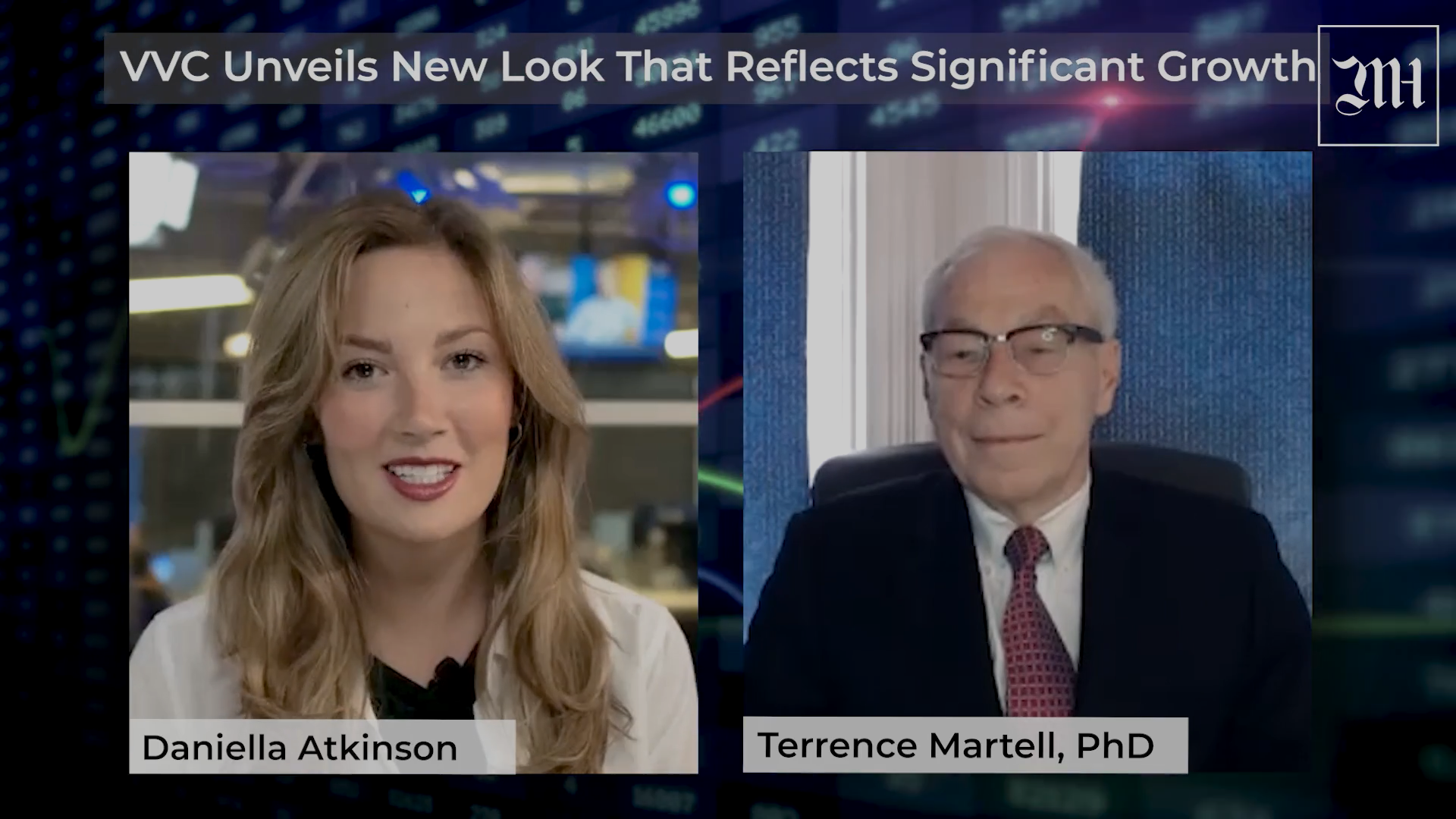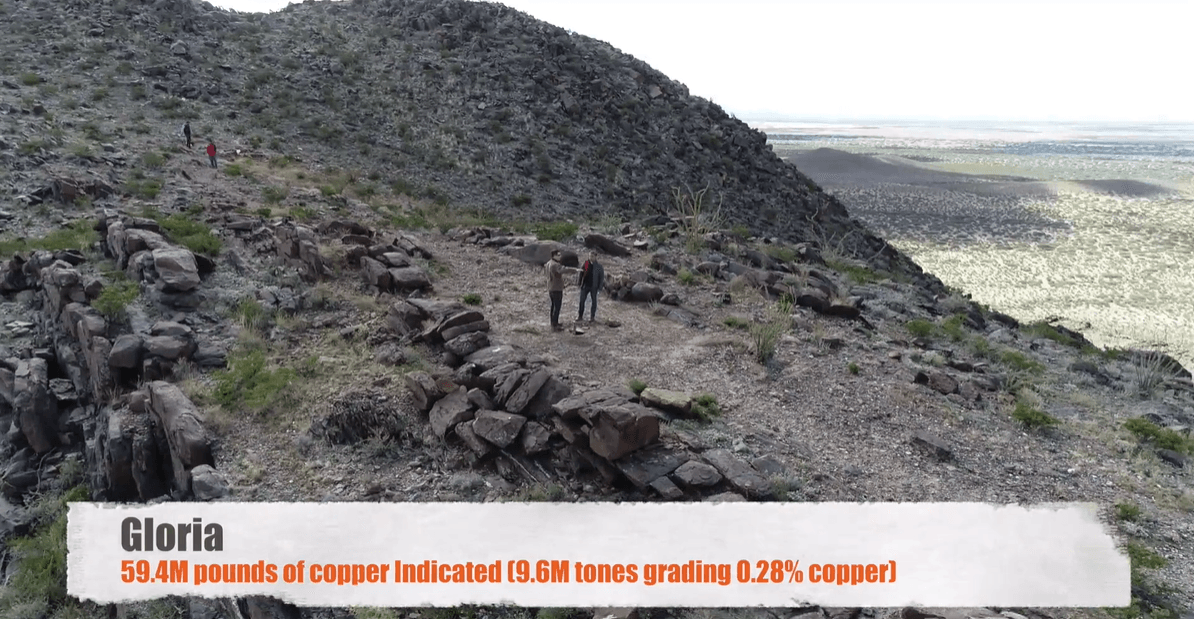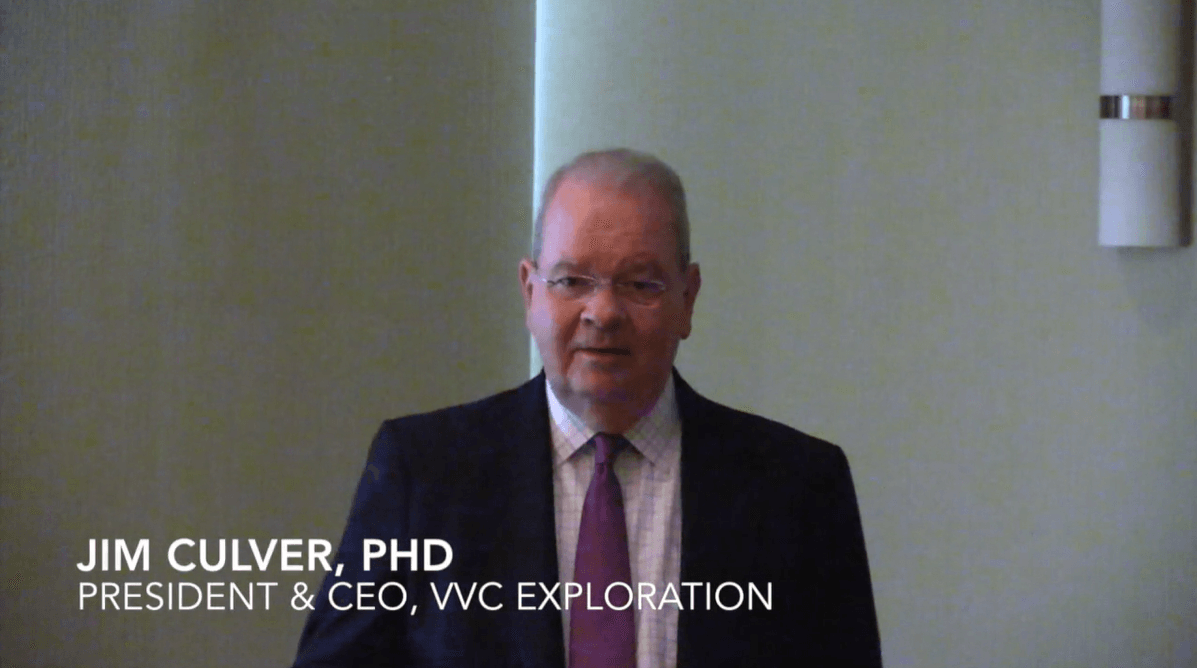Follow Us
Join our newsletter
Get the latest news delivered to your inbox.
Thank you for contacting us.
We will get back to you as soon as possible
We will get back to you as soon as possible
Oops, there was an error sending your message.
Please try again later
Please try again later
News & Updates

15 Apr, 2024
Copper prices hit a nearly two year high this week, and according to analystsat investment bank Citigroup (NYSE:C) that's a sign the red metal has entered its second secular bull market of the century.
Over the past two months, copper has surged by more than 15.75 percent, fueled by disruptions at mining operations that have threatened refined copper production in China, a major global supplier.
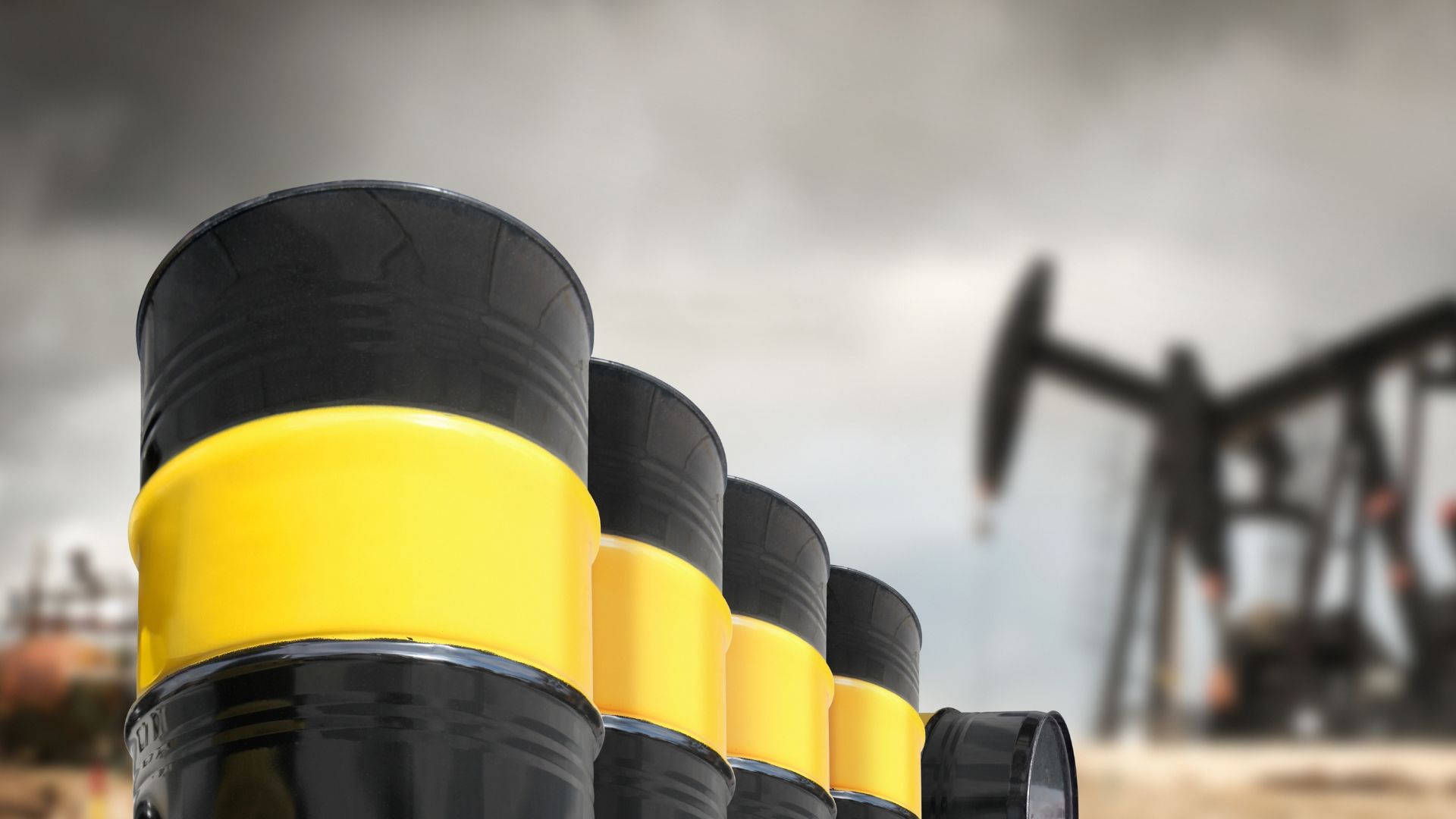
10 Apr, 2024
Over the last decade, the United States has established itself as the world’s top producer of crude oil, surpassing Saudi Arabia and Russia.
This infographic illustrates the rise of the U.S. as the biggest oil producer, based on data from the U.S. Energy Information Administration (EIA).

08 Apr, 2024
Electric vehicles (EVs) require a wider range of minerals for their motors and batteries compared to conventional cars.
In fact, an EV can have up to six times more minerals than a combustion vehicle, making them on average 340 kg (750 lbs) heavier.
This infographic, based on data from the International Energy Agency (IEA), compares the minerals used in a typical electric car with a conventional gas car.
Editor’s note: Steel and aluminum are not shown in analysis. Mineral values are for the entire vehicle including batteries and motors.

04 Apr, 2024
Across the United States, the cost of gas has been a hot topic of conversation lately, as prices reach record-breaking highs.
The national average now sits at $5.00 per gallon, and by the end of summer, this figure could grow to $6 per gallon, according to estimates by JPMorgan.
But before we can have an understanding of what’s happening at the pump, it’s important to first know what key factors dictate the price of gas.
This graphic, using data from the U.S. Energy Information Administration (EIA), outlines the main components that influence gas prices, providing each factor’s proportional impact on price.
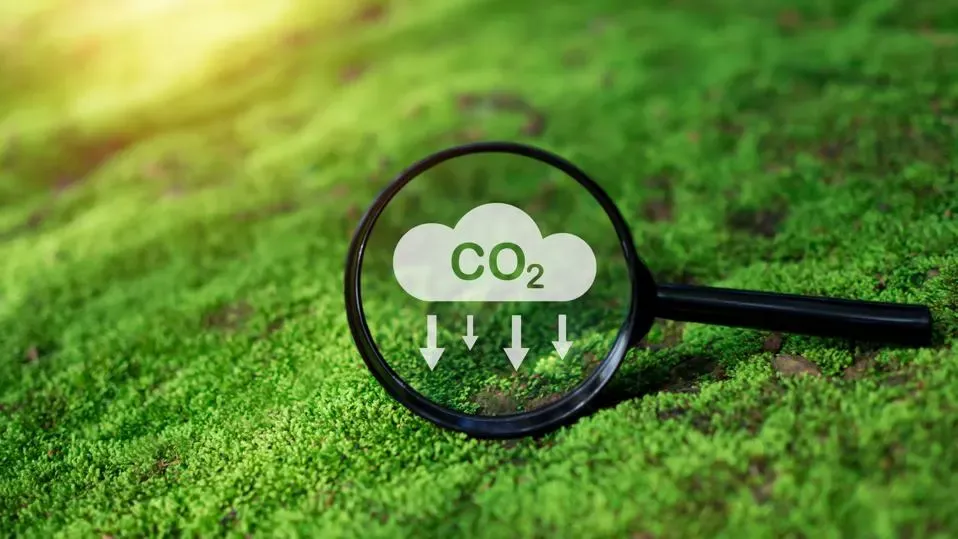
02 Apr, 2024
Carbon offsets are under intense scrutiny, with recent reports from Amazon to Australia exposing some flaws, which may lead to doubts about their effectiveness and, therefore, distrust. This is made worse by the fact that understanding this whole system- carbon offsets, removal, or avoidance- can be complicated. Think of it as trying to solve a complicated puzzle where various players, including experts, are figuring out how different pieces fit together best. Even with all these difficulties, it's hard to ignore that the voluntary carbon market is expected to grow from $2 billion in 2020 to as much as $200 billion by 2030-40, according to one estimate. Therefore, restoring the trust of investors, governments, and the general public in this market is essential.

28 Mar, 2024
Oil remains one of the world’s most important resources. It’s also produced by a fairly limited group of countries, which can be a source of economic and political leverage.
This graphic illustrates global crude oil production in 2023, measured in million barrels per day, sourced from the U.S. Energy Information Administration (EIA).

26 Mar, 2024
For millennia people have purchased and relied on metals for decorative and industrial uses, figuring out their values based on their practical applications and visual luster.
Today, precious and industrial metals markets quote figures in millions and billions as they exchange thousands of ounces, with varying densities and values of metals making it difficult to compare them.
Using price data from TradingEconomics, this graphic visualizes how much of each metal you can buy for $1,000 so you can see just how much, or how little, of each metal you get for your money.

22 Mar, 2024
On a national scale, the United States and Canada rely on a very different makeup of sources to generate their electricity.
The U.S. primarily uses natural gas, coal, and nuclear power, while Canada relies on both hydro and nuclear. That said, when zooming in on the province or state level, individual primary electricity sources can differ greatly.
Here’s a look at the electricity generation in the states and provinces of these two countries using data from the Nuclear Energy Institute (2021) and the Canada Energy Regulator (2019).

20 Mar, 2024
There are two methods of capturing carbon – carbon capture and storage (CCS) and carbon dioxide removal (CDR). While both methods share the ultimate goal of curbing global warming, they operate under distinctly different principles and applications. Understanding these differences is crucial for policymakers, investors, and environmental advocates as they navigate the complexities of carbon reduction technologies.
Videos
-
Interview to Terrence Martell - Chairman of VVC Resources
Button -
A conversation about the Market with Jim Culver, President & CEO of VVC
Button -
A conversation about the OTCQB Market with Trevor Burbank, VVC's Administrator
Button -
Interview to Terrence Martell, Phd - Chairman Of The Board Of Directors
Button -
Interview to VVC's President & CEO, Jim Culver
Button -
Discover VVC and Gloria
Photo By: John DoeButton -
VVC at Annual PDAC Convention
Photo By: John DoeButton -
VVC Corporate Presentation Intro
Photo By: John DoeButton -
VVC’s BOD Visits Gloria Copper Project
Button -
Gloria Project Intro
Button
Contact
info@vvcresources.com
2369 Kingston Road, PO Box 28059 Terry Town, Scarborough, ON M1N 4E7 Canada
About
Projects
Sign up to receive updates on VVC announcements, launches, and opportunities.
Contact Us
Thank you for signing up!
You will receive VVC updates straight to your inbox.
Oops, there was an error sending your message.
Please try again later.
Please try again later.




